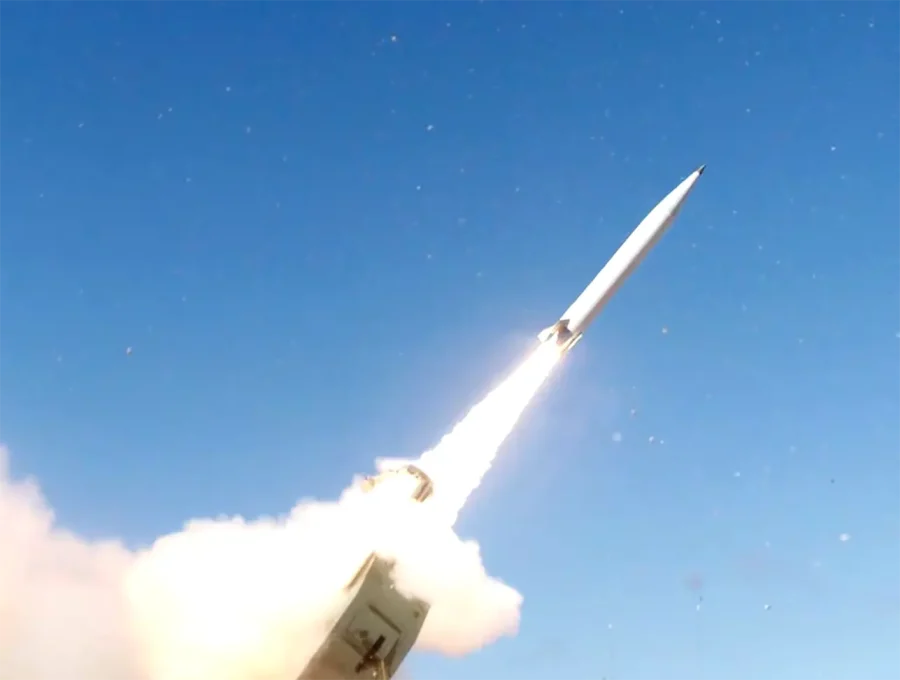The US Army has taken delivery of the first Precision Strike Missiles that will begin replacing the legacy Army Tactical Missile System, according to a service announcement.
“The delivery of the Precision Strike Missile Increment 1 Early Operational Capability missiles follows successful production qualification testing in November at White Sands Missile Range, New Mexico,” the statement read.
The delivery marks a major milestone for the PrSM program and was one of 24 major modernization programs the Army was trying to get into the hands of soldiers by the end of 2023.
“The Precision Strike Missile will provide Joint Force commanders with a 24/7, all-weather capability that will counter the enemy’s ability to conduct combat maneuver and air defense operations,” Doug Bush, assistant secretary of the Army for acquisition, logistics and technology, said in the statement. “The rapid development and delivery of this capability is a prime example of the Army’s aggressive use of new acquisition authorities from Congress that allow us to move at much greater speed to get improved equipment to Soldiers.”
PrSM has been a top program for the Army and a key technology within the service’s long-range precision fires portfolio, which was created as part of the service’s new wave of modernization priorities identified in 2017.
The missile — which can launch from both the M142 High Mobility Artillery Rocket System and the M270A2 Multiple Launch Rocket System — will be critical to the service as it seeks a deep-strike capability that can counter Russian and Chinese technologies. Both European- and Indo-Pacific-based U.S. commanders have been eager to receive the capability.
The program originally began as a competition between Lockheed Martin and RTX (formerly Raytheon Technologies), but the latter struggled to get the weapon ready for flight tests during the program’s technology maturation and risk reduction phase. The Army and RTX mutually decided to end the effort in March 2020.—Defense News










